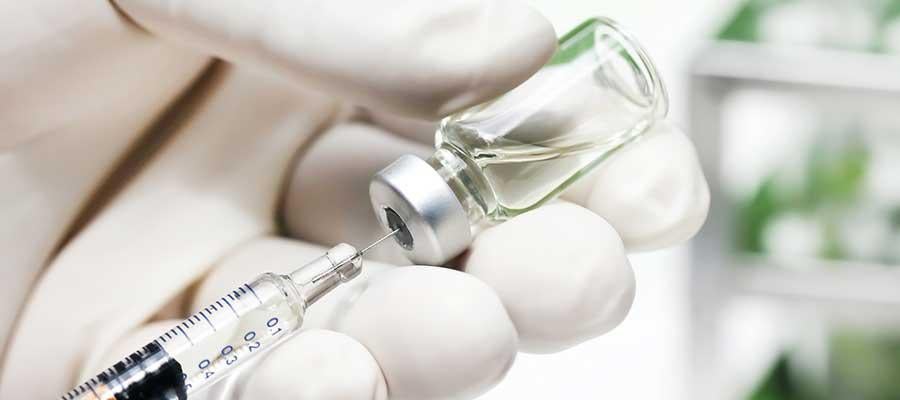DEA rule would limit opioid production based on diversion, abuse rates

The Drug Enforcement Administration yesterday published a proposed rule implementing provisions of the Substance Use-Disorder Prevention that Promotes Opioid Recovery Treatment for Patients and Communities Act that require the agency to limit production quotas for five opioid substances vulnerable to diversion for illicit distribution and use. The rule would require the DEA administrator to estimate diversion amounts, based on overdose death and abuse rates and other factors, when establishing quotas for fentanyl, oxycodone, hydrocodone, oxymorphone and hydromorphone, among other changes. The SUPPORT Act also gives DEA authority to establish quotas by drug dosage-form, such as tablet or injectable. DEA said dosage-form quotas would be rare but could be used to prevent diversion, alleviate shortages or prevent overproduction. AHA and others have urged DEA to consider drug shortages when setting and adjusting aggregate production quotas, citing concern that the agency’s proposal to reduce 2020 production quotas for the same five opioids would exacerbate shortages of injectable opioid medications. DEA will accept comments on the proposed rule through Dec. 23.

